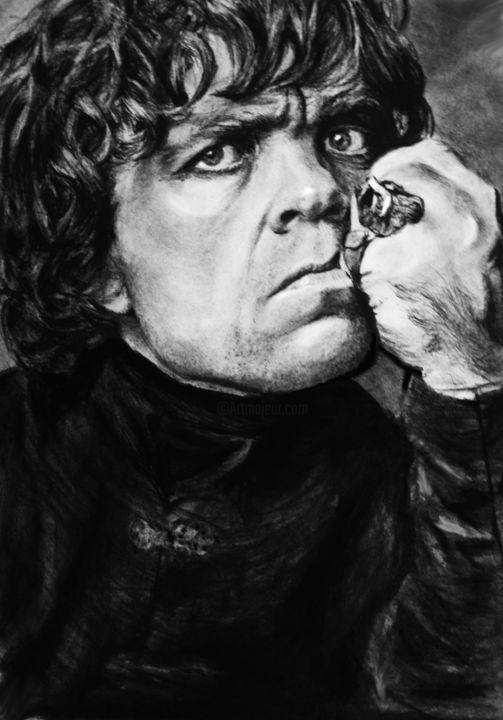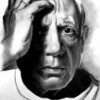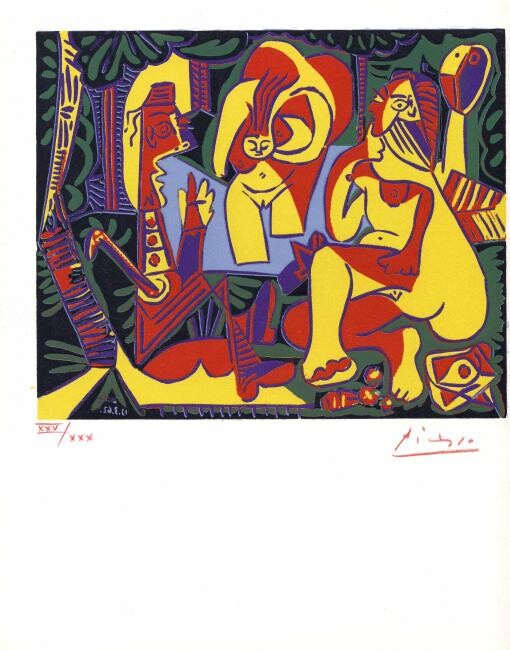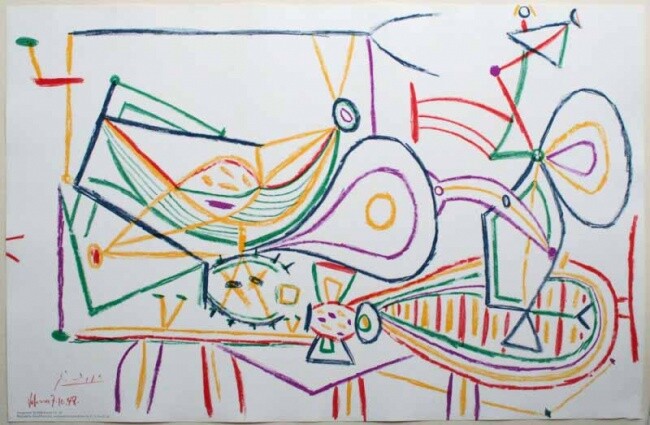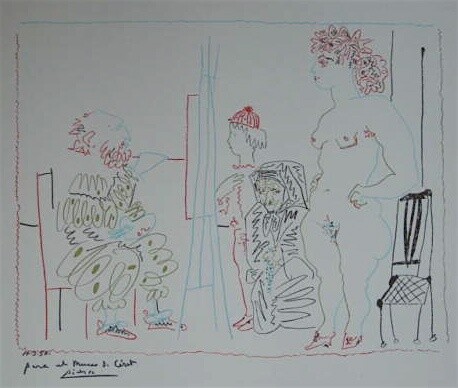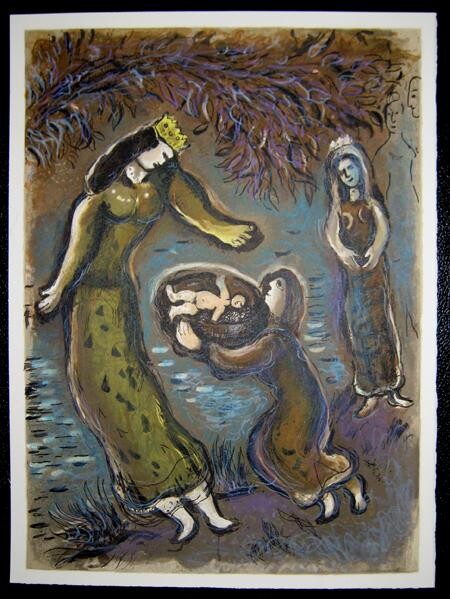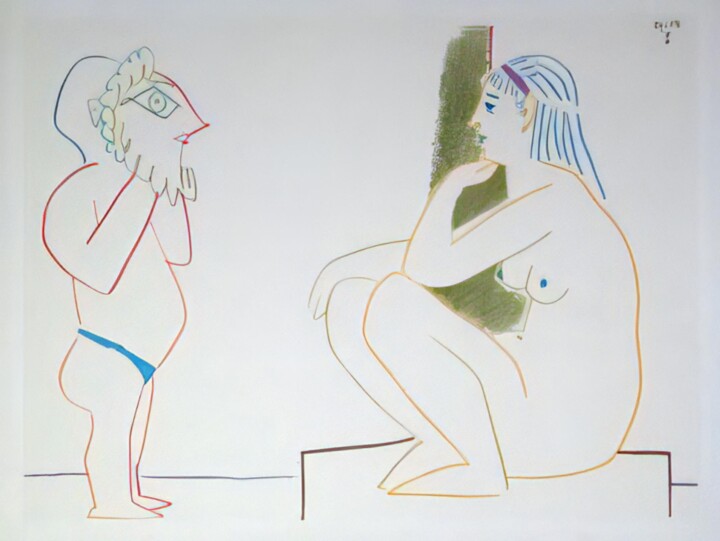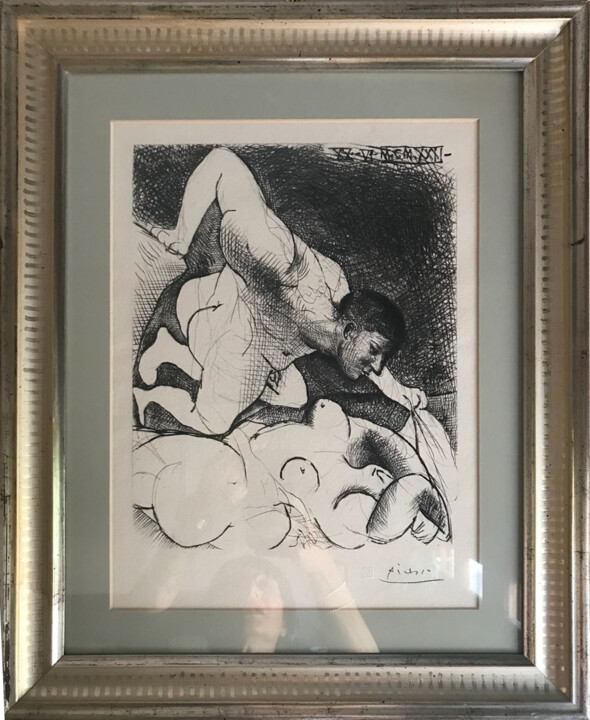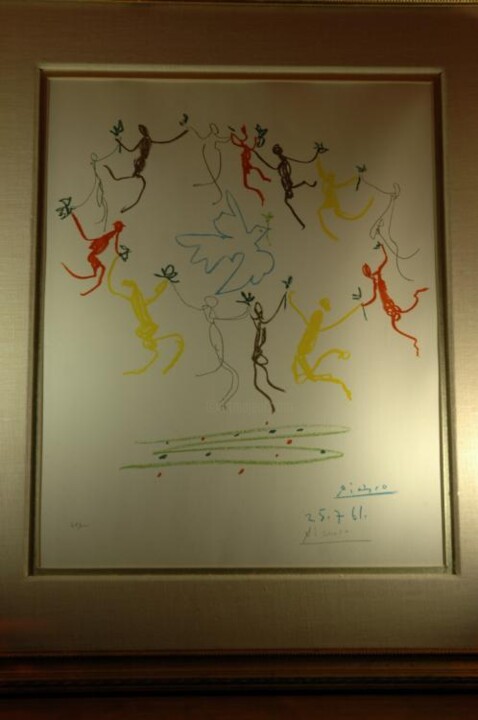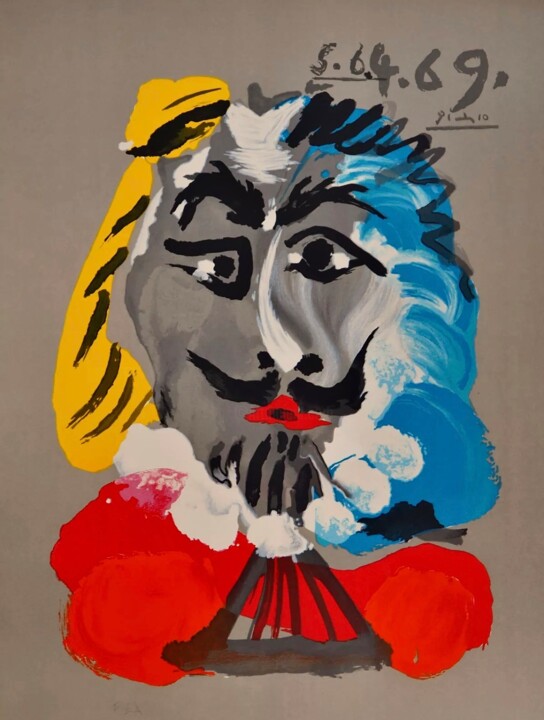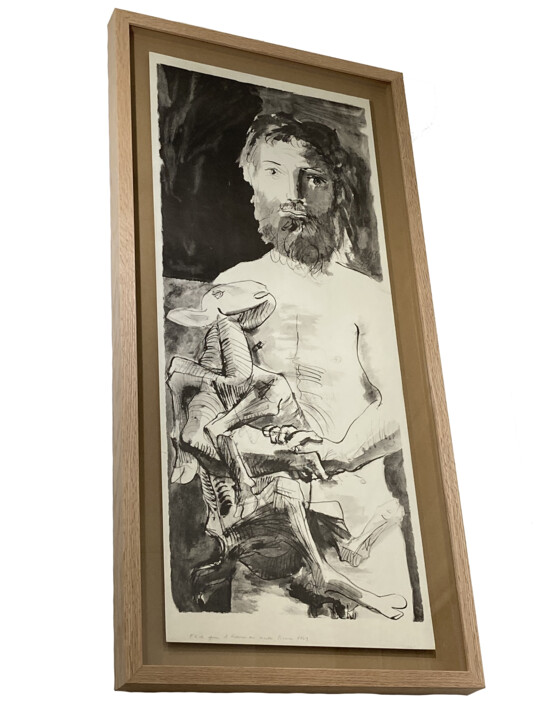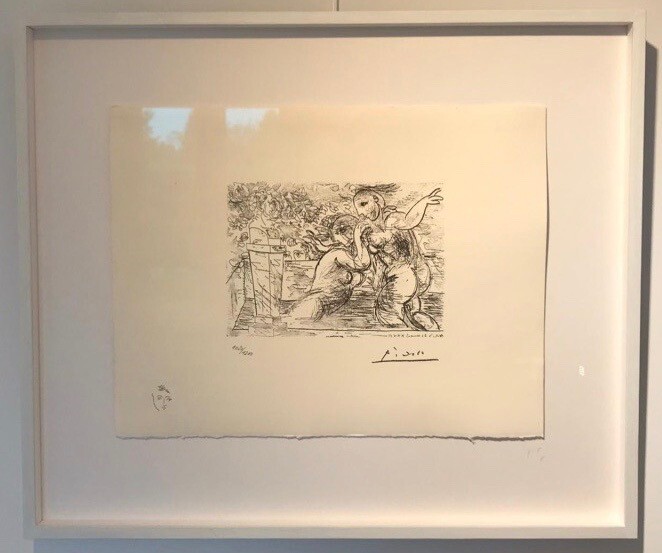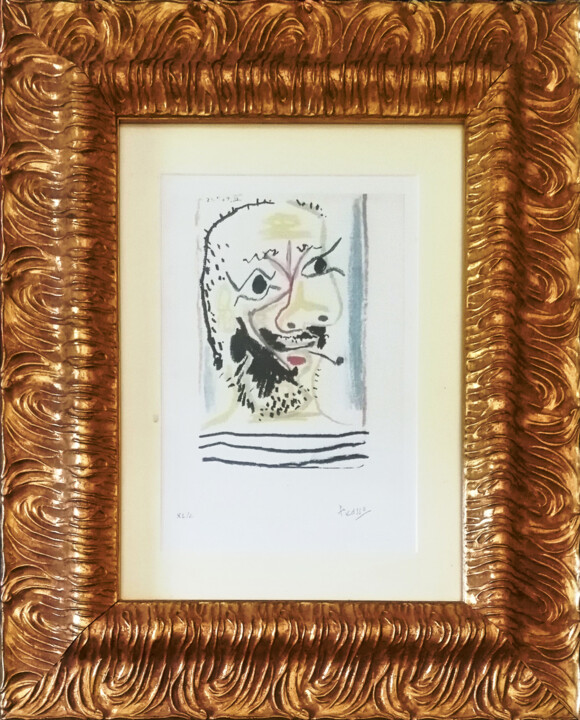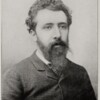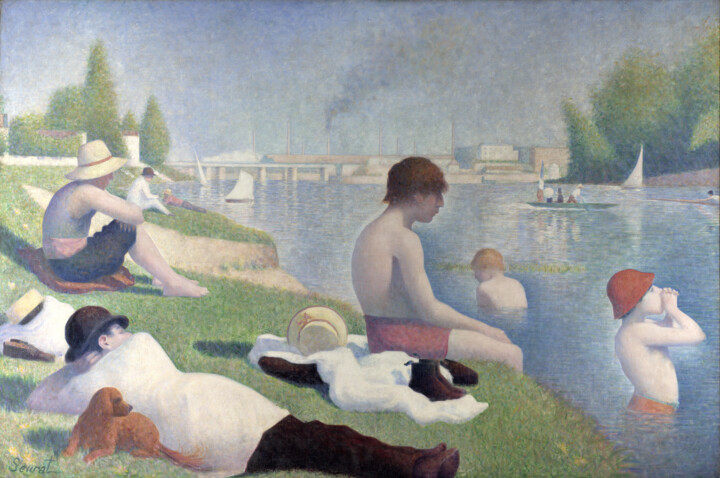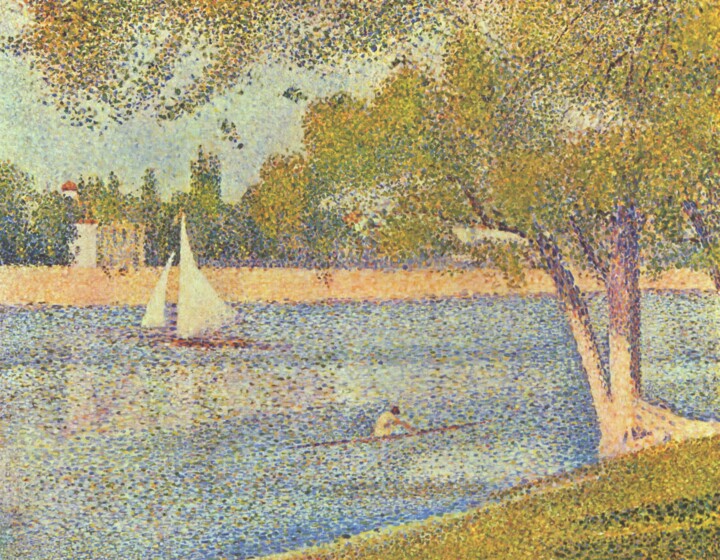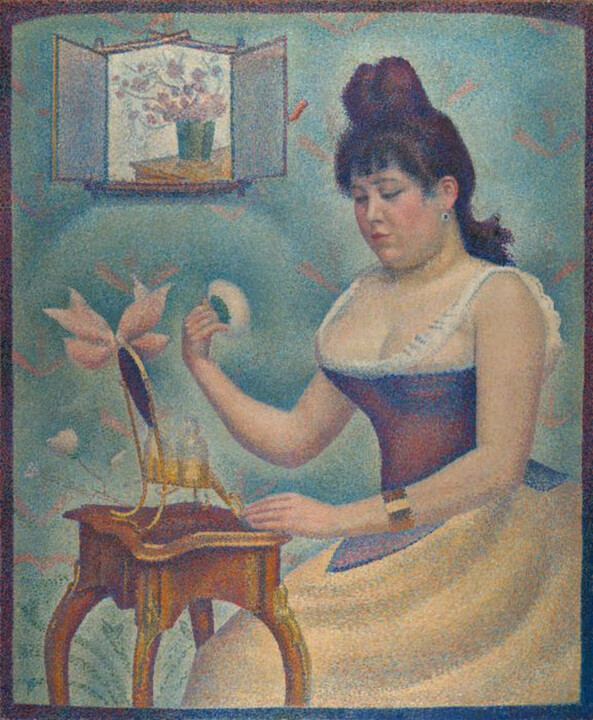Who is Steve Martin?
Stephen Glenn Martin, born on August 14, 1945, is a multifaceted American entertainer. He boasts a diverse repertoire as a comedian, actor, writer, producer, and musician. His illustrious career has earned him an impressive array of accolades, including five Grammy Awards, a Primetime Emmy Award, and an Honorary Academy Award in 2013. Additionally, his musical "Bright Star" garnered two Tony Award nominations in 2016. Among his many distinctions, Martin was honored with the Mark Twain Prize for American Humor in 2005, the Kennedy Center Honors in 2007, and the esteemed AFI Life Achievement Award in 2015. In 2004, Comedy Central recognized his comedic genius by ranking him sixth on their list of the top 100 stand-up comics. The Guardian, noting his exceptional talent, identified Martin as one of the finest actors who had yet to receive an Academy Award nomination.
Martin's rise to prominence commenced during the 1960s when he served as a writer for "The Smothers Brothers Comedy Hour," an achievement that earned him a Primetime Emmy Award in 1969. He later became a frequent host on "Saturday Night Live," solidifying his position in the entertainment industry. Throughout the 1970s, Martin captivated audiences with his unconventional and absurd comedic routines, selling out theaters on nationwide tours. Transitioning away from stand-up comedy in the 1980s, he embarked on a flourishing acting career, starring in a string of successful films such as "The Jerk" (1979), "Dead Men Don't Wear Plaid" (1982), "The Man with Two Brains" (1983), "All of Me" (1984), "¡Three Amigos!" (1986), "Planes, Trains and Automobiles" (1987), "Dirty Rotten Scoundrels" (1988), "L.A. Story" (1991), "Bowfinger" (1999), and "Looney Tunes: Back in Action" (2003). Notably, he portrayed family patriarchs in "Parenthood" (1989), the "Father of the Bride" films (1991–1995), and the "Cheaper by the Dozen" films (2003–2005).
Since 2015, Martin has embarked on several national comedy tours alongside fellow comedian Martin Short. In 2018, they unveiled their Netflix special, "An Evening You Will Forget for the Rest of Your Life," which garnered three Primetime Emmy Award nominations. In 2021, Martin ventured into television, co-creating and starring in the Hulu comedy series "Only Murders in the Building," alongside Short and Selena Gomez. This endeavor earned him three Primetime Emmy Award nominations, two Screen Actors Guild Award nominations, a Golden Globe Award nomination, and a 2021 Peabody Award nomination. In 2022, Martin and Short shared hosting duties on "Saturday Night Live," with Gomez making a guest appearance.
Martin's creative talents extend to writing, including penning the books for the musical "Bright Star" (2016) and the comedy "Meteor Shower" (2017), both of which premiered on Broadway. He also co-wrote the music for the former. Music has been a lifelong passion for Martin, who has been playing the banjo since an early age. He seamlessly incorporated music into his comedic routines from the outset of his professional journey. Starting in the 2000s, he progressively shifted his focus towards music, reducing his acting commitments to dedicate more time to playing banjo, recording, and touring. His collaborations with various bluegrass acts, including Earl Scruggs, culminated in a Grammy win for Best Country Instrumental Performance in 2002. His inaugural solo music album, "The Crow: New Songs for the 5-String Banjo" (2009), clinched the Grammy Award for Best Bluegrass Album in a testament to his musical prowess.
Steve Martin: obsessive collector
Not widely recognized is the fact that Steve Martin, the renowned Hollywood actor and comedian, is a dedicated connoisseur of art. He is a frequent patron of art galleries and the global art fair scene, and his passion for collecting art dates back to his early years.
In his own words, Martin openly admits to being an ardent art collector who made his inaugural art acquisition at the youthful age of 21. This initial purchase featured a painting by the 19th-century American artist James Gale Tyler.
In a 1987 interview with Time magazine, the actor divulged, "Collecting art is my primary pastime. Art stands in stark contrast to my professional pursuits, serving as a form of escapism for me. It's almost as if, astonishingly, these artworks possess an intrinsic beauty that leaves me wondering, 'How did this come to be?'"
Martin’s collection exhibition at the Bellagio Hotel in Las Vegas
An exhibition at the Bellagio Hotel in Las Vegas back in 2001 provided a glimpse into Steve Martin's art collection, revealing a lineup of noteworthy artists.
During that time, James Mann, the curator at the Las Vegas Art Museum, shared with the Las Vegas Sun that the actor had a penchant for seamlessly blending emerging, younger artists with established 20th-century masters, and even artists who had been somewhat overlooked and obscure.
Mann concluded that Martin's collection was a genuinely curated assembly of artworks. He noted that Martin held a deep admiration for the pieces he acquired, and the overall quality of the artists represented in the collection was quite impressive.
Among the gems in the comedian's collection are artworks by contemporary American artists like Eric Fischl and Cindy Sherman, alongside notable examples of post-war and modern American painting by the likes of Edward Hopper. Additionally, Martin possesses a drawing by the renowned Willem de Kooning.
A relatively conservative collection
In addition to his collection, Steve Martin has amassed works by European art luminaries like Pablo Picasso, Georges Seurat, Francis Bacon, and Lucian Freud.
Critically speaking, Martin's collection has been characterized as "fairly traditional" and predominantly centered on figurative art. SFGate critic David Bonetti observed that it primarily consists of paintings and drawings, with limited representation of avant-garde, conceptual, or media art.
Nonetheless, the comedian's artistic journey has evolved significantly since his 2001 exhibition. While his artistic preferences appear to have remained consistent, he has shown a willingness to embrace new horizons. In October 2015, for example, Martin undertook the role of curator for an extensive retrospective featuring the works of Canadian landscape painter Lawren Harris. This exhibition debuted at the Hammer Museum in Los Angeles and is currently on display at the Museum of Fine Arts in Boston, with plans to travel to the Art Gallery of Ontario in the coming summer.
 Joella Marano from Manhattan, NY - Steve Martin, 120th Anniversary Of Carnegie Hall MOMA, New York City April 12th 2011, via Wikipedia.
Joella Marano from Manhattan, NY - Steve Martin, 120th Anniversary Of Carnegie Hall MOMA, New York City April 12th 2011, via Wikipedia.
in love with Group of Seven painter Lawren Harris
Lawren Harris's distinctive and evocative depictions of Canada's northern landscapes set him apart from the other artists in the Group of Seven. His paintings have resonated with generations of Canadians and also found a devoted admirer in American actor, writer, and comedian Steve Martin.
For Steve Martin, the encounter with Lawren Harris's artworks more than two decades ago felt like an exhilarating discovery. Since then, he has become one of the most enthusiastic advocates for Harris's work in the United States. According to Martin, Harris's art evokes a profound sense of elevation and solitude. It allows you to immerse yourself in the natural world, to witness the grandeur of the mountains, all while experiencing a deep connection with nature, free from feelings of isolation or desolation.
In 2016, a remarkable exhibition of Harris's work, co-curated by Steve Martin, made its way to Canada. Titled "The Idea of North," it made its debut at the Art Gallery of Ontario on Canada Day. Michael Enright had the privilege of receiving a guided tour of the exhibit from Steve Martin shortly before its official opening.
North Shore, Lake Superior
Steve Martin: "This artwork carries a remarkable sense of drama. You'll notice a solitary dead tree, positioned nearly at the center, a choice that most artists might typically avoid. However, it surprisingly works here. It's a vivid illustration of lifelessness with the presence of the dead tree. Yet, in the backdrop, you have these magnificent bursts of sunlight, casting rays across the scene and creating reflections on the water. There's an optimistic quality to this painting, akin to witnessing a phoenix's rebirth."
Pic Island
Steve Martin: "This artwork featuring Pic Island exudes a profound sense of tranquility. Amidst the grand and majestic paintings that radiate glory, there's a striking contrast in the form of this serene composition, characterized by its calmness and a rich palette of colors. It's worth noting the extensive range of colors on display here, dispelling the notion that Harris's work is confined to just blue and white. As you can see, there's a beautiful interplay of purple and yellow hues."
Isolation Peak
Steve Martin: "He conceived of this location. There isn't an actual mountain named Isolation Peak, so he bestowed upon it a poetic name. What strikes me most about this painting is its atmospheric quality. You genuinely sense an aura enveloping the mountain in the artwork, an ambiance around the snow. It's a compelling demonstration of a landscape that seems to ripple and vibrate. I don't believe snow naturally forms in such structured patterns. There's this profound sense of the mountain's containment and its vibrant energy, coexisting within the same frame."
Lake Superior
Steve Martin: "Indeed, it's a solitary landscape, yet it possesses its own unique beauty. If you were physically present in that setting, I don't believe you'd perceive it as a desolate or melancholic place. However, Lawren Harris had the foresight not to idealize it with excessive beauty, as that can quickly become overly sentimental.
In this instance, had he portrayed it as a place of unbridled glory, adorned with lush foliage, cheerful waves, and playful ducks, it would have resulted in a rather lifeless and clichéd image — something reminiscent of children's books."
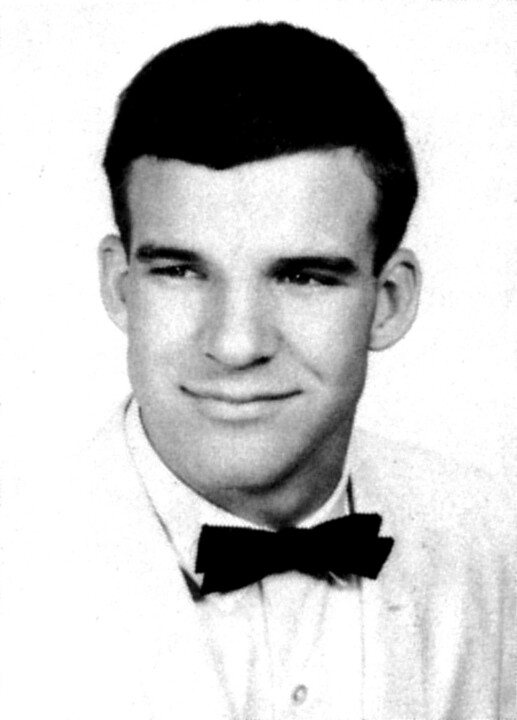 Steve Martin as a senior in high school, 1963, via Wikipedia.
Steve Martin as a senior in high school, 1963, via Wikipedia.
Indigenous Australian painters
With the guidance of actor, comedian, and renowned collector Steve Martin, Gagosian Gallery has cast a significant spotlight on Indigenous Australian painters, significantly impacting this niche within the art market. In 2019, Martin and his wife, Anne Stringfield, generously lent pieces from their personal collection of Aboriginal art to an exhibition hosted at Gagosian's Upper East Side location.
Steve Martin, who typically keeps his art collection private, expressed his enthusiasm for Indigenous art in an interview with Australia's ABC. He mentioned that within his collection, Australian artworks now share space with pieces by iconic artists like Edward Hopper, Giorgio Morandi, and David Hockney. He emphasized that these desert paintings from Indigenous artists harmonize with other contemporary masterpieces and are poised to hold their own in the broader art auction arena rather than being confined to a specialized category.
Steve Martin's passion for art dates back many years, but his deep fascination with Indigenous Australian art emerged relatively recently. In approximately 2015, while perusing a New York Times article about an exhibition featuring the work of Warlimpirrnga Tjapaltjarri, a member of the Pintupi Nine—a group of Indigenous Australians who had remained isolated from the modern world until 1984—Martin was captivated by a painting. By the end of that day, he had acquired one of the showcased artworks, which quickly appreciated in value.
This particular artwork was featured in the Gagosian exhibition, which followed a smaller presentation Steve Martin had arranged in March, initially intended for close friends and family. During the gallery exhibition, he augmented his collection with a piece from the University of Virginia's Kluge-Ruhe Aboriginal Art Collection.
While it's important to note that none of the paintings displayed were available for sale, their presence had a notable ripple effect on the art market. Steve Martin is notably associated with his keen interest in the Canadian Group of Seven, particularly the artist Lawren Harris (1885-1970). The market for Harris's works experienced a substantial upswing when the actor collaborated on the project 'The Idea of North: The Paintings of Lawren Harris' in conjunction with the Hammer Museum of Los Angeles and the Art Gallery of Ontario.
The Australian Aboriginal art market has witnessed a turbulent history, marked by periods of high demand leading up to the financial crisis, followed by a sharp decline during the subsequent economic downturn.
Reflecting on this, Steve Martin highlighted, "Many recent art movements have been susceptible to economic speculation, both on local and international fronts. In 2008, the modern and contemporary art markets endured a significant temporary setback but subsequently regained substantial momentum over the next decade." However, the Indigenous Australian art market, being essentially localized, was particularly vulnerable during this downturn and experienced a slower recovery. Nevertheless, since then, a more diverse and inquisitive art market has emerged, characterized by varying interests and tastes.
In the 1960s, a community of Indigenous Australian artists began to emerge, a response to the forced displacement of several tribes from the Western Desert to a settlement south of Alice Springs. Encouraged to express themselves through painting, this gave birth to a novel art form, which translated age-old traditions of sand art and body decoration onto canvas.
Carol Smith, an art expert, highlighted the often-misunderstood nature of Aboriginal art. She noted that while some perceive it solely as a reflection of traditional culture, it embodies a deep contemporary essence. These artworks stand as the culmination of years of dedication by artists who have mastered a truly exceptional visual aesthetic. Despite the fact that some Aboriginal artists live and work in remote communities, they actively participate in the global art market.
The exhibition featured works by esteemed artists such as George Tjungurrayi, Bill Whiskey Tjapaltjarri, Yukultji Napangati, Tjapaltjarri, and Kngwarreye. Kngwarreye's work gained considerable attention when observers noted the striking similarities between her creations and Damien Hirst's new series of "Veil Paintings." However, Kngwarreye remains relatively unknown outside her homeland, despite her significant artistic contributions.
Carol Smith emphasized the importance of Steve Martin's involvement in promoting Indigenous Australian art. She pointed out that while contemporary Indigenous art can be readily seen in major Australian galleries and museums, many Americans may never have the opportunity to experience it firsthand. Steve Martin, being a respected and knowledgeable art collector, turning his attention to Indigenous Australian art, has the potential to encourage more people to overcome initial reservations and explore this art form more deeply.


 Selena Mattei
Selena Mattei



